Meta Quest 3 update brings important new hand tracking features

Meta is now rolling out a new update for its most recent VR headset, the Quest 3. Although it’s mainly aimed at developers, Meta XR Code SDK (v62) adds some interesting new features that will be very helpful for Quest 3 users.
Multimodal and Wide Motion Mode are the stars of the latest Meta Quest update. While the former is fully compatible with Quest 2 with Touch Pro controller, Quest Pro, and Quest 3, the latter only supports the Quest 3. It’s also important to mention that Multimodal (MM) and Wide Motion Mode (WMM) can’t be enabled at the same time, so it’s one or the other.
What these new modes to is “revolutionary” for the Quest lineup. Up until now, Quest VR headsets could only track the controllers or your hands. However, with Multimodal enabled, Meta’s VR devices will be able to track both simultaneously.
As mentioned earlier, Multimodal is not compatible with Wide Motion Mode. In addition, MM won’t work with the upper body tracking of the Quest 3, tracked keyboards, and Fast Motion Mode (FMM).
Just like Multimodal, Wide Motion Mode has some limitations. For example, the feature will not be accurate when hand tracking is lost, although it will always provide a hand pose based on the body tracking data for approximate position.
Meta also notes that Quest 3 users might notice a slight regression in position accuracy due to smoothing when transitioning from body tracking based hand pose to hand tracking based hand pose as hand tracking is reestablished.
Multimodal and Wide Motion Mode are the stars of the latest Meta Quest update. While the former is fully compatible with Quest 2 with Touch Pro controller, Quest Pro, and Quest 3, the latter only supports the Quest 3. It’s also important to mention that Multimodal (MM) and Wide Motion Mode (WMM) can’t be enabled at the same time, so it’s one or the other.
As mentioned earlier, Multimodal is not compatible with Wide Motion Mode. In addition, MM won’t work with the upper body tracking of the Quest 3, tracked keyboards, and Fast Motion Mode (FMM).
On the other hand, Wide Motion Mode uses the upper body tracking of the Quest 3 to expand the tracking volume of the hands. Basically, this allows users to track hands and display hand poses even when the hands are outside the Quest 3’s field of view. This is possible thanks to the Inside Out Body Tracking under the hood and using the estimated hand position when hand tracking is lost.
Just like Multimodal, Wide Motion Mode has some limitations. For example, the feature will not be accurate when hand tracking is lost, although it will always provide a hand pose based on the body tracking data for approximate position.
Meta also notes that Quest 3 users might notice a slight regression in position accuracy due to smoothing when transitioning from body tracking based hand pose to hand tracking based hand pose as hand tracking is reestablished.

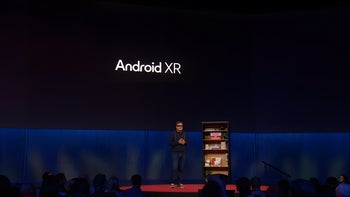
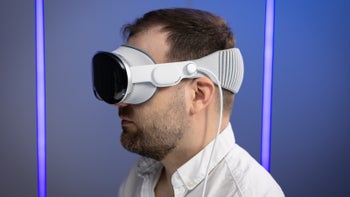
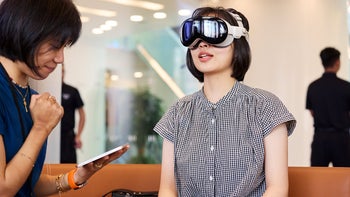

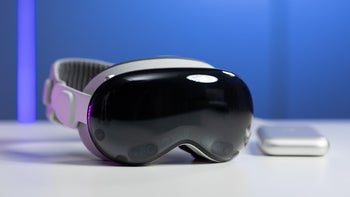
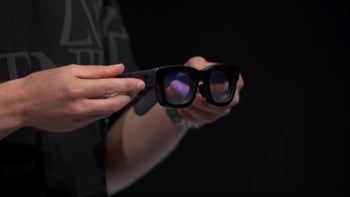
Things that are NOT allowed: